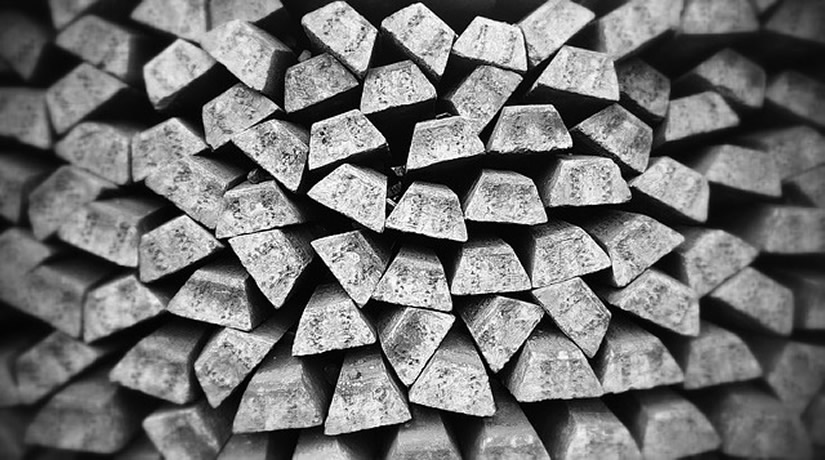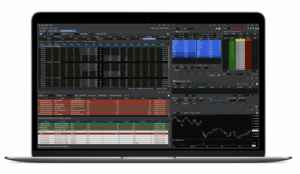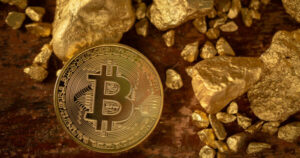The lithium market experienced renewed volatility in August as supply interruptions in China and South America lifted prices, even without a fundamental shortage. On August 10, Reuters reported that Contemporary Amperex Technology Co. Ltd. (CATL) suspended production at its Jianxiawo lithium mine in Jiangxi province after its permit expired. The mine represented about 46,000 metric tons of lithium carbonate equivalent annually, or roughly 3% of forecast global output for 2025. Reuters noted that the announcement “sparked a surge in lithium futures and miners’ share prices, amid a broader crackdown on overcapacity.”
Discovery Alert wrote on August 11 that CATL’s suspension represented “a significant disruption to global lithium supply chains,” with futures on the Guangzhou Futures Exchange immediately jumping 8%, marking the sharpest daily movement in more than 18 months. The site noted that lithium’s nearly 90% price decline since its 2022 peak had left producers struggling, and that this disruption provided “the first significant upward price catalyst” after two years of declines.
Stockhead wrote on August 12 that Australian spodumene producers quickly rallied on the news, with Liontown Resources Limited (LTR.AX) gaining 17.75% to close at 99.5 cents and Pilbara Minerals Limited (PLS.AX) jumping 19.17% to US$2.30. Other producers such as Mineral Resources Limited (MIN.AX), IGO Limited (IGO.AX), and Piedmont Lithium Inc (PLL:NASDAQ) also posted double-digit gains.
Benchmark Mineral Intelligence wrote in a special issue dated August 14 that the Jianxiawo site accounted for around 30% of Jiangxi’s lithium output, ~3% of global LCE supply, and ~5% of global concentrate. The report confirmed that battery-grade lithium carbonate trades in China were assessed at 7.5% higher week-over-week by August 13. Daisy Jennings-Gray, head of prices at Benchmark, stated that “EXW China lithium carbonate prices are already heading as high as 80,000–87,000 RMB/tonne (US$11.1–12.1/kg), after operations at CATL’s Jianxiawo mine have been suspended.”
Concerns grew further in mid-August when reports surfaced of an acid tank explosion at Albemarle’s La Negra chemical plant in Chile. According to the Benchmark report, one of the plant’s three production lines was forced offline for three days. The disruption was limited, but the news added to supply concerns that were already influencing market sentiment.
Sector Dynamics: Lithium Outlook Stabilizing Amid U.S. Growth and Chinese Supply Cuts
Despite the shutdowns, Benchmark noted that China held significant inventories of approximately 130,000 tonnes LCE in July. The report explained that “this week’s price movements are primarily being driven by sentiment and reflect the speculative nature of lithium trading in China,” as buyers evaluated the duration of mine closures and their impact on downstream converters.
On July 21, Investing News Network highlighted that despite multi-quarter price weakness, long-term drivers such as electric vehicle adoption and energy storage demand remained intact. Paul Lusty told the outlet that “the fundamentals are really still very strong, and these are anchored in some very powerful, mega trends that we see developing within the global economy; the urgent drive for climate change mitigation, the once in a generational shift in the global energy system, and also the rise of energy intensive technologies such as artificial intelligence.”
Although disruptions at Jianxiawo and La Negra did not create an immediate structural deficit, sentiment-driven gains underscored the market’s sensitivity to regional supply interruptions. The August 14 Benchmark report concluded that while “the market will not move into deficit in the near term or by 2026,” uncertainty over the duration of closures and regulatory actions in China was likely to keep prices elevated in the short term.
In a Stockhead Mining article dated August 21, Kristie Batten highlighted the evolving role of the United States in lithium production and policy. While the U.S. had only one operating lithium mine in 2025, exploration investment surged, placing it third globally. S&P Global Commodity Insights analyst Alice Yu noted that the U.S. imported roughly 90% of its lithium supply in 2024, largely through intermediaries in South Korea and Japan that rely on refined Chinese material.
Yu reported that geopolitical shifts and energy security concerns were now shaping U.S. policy, with recent budget changes reducing support for electric vehicles while redirecting funds toward domestic critical minerals capacity. The U.S. Department of Energy recently announced plans to deploy nearly US$1 billion in funding for critical minerals, including up to US$500 million for lithium-related processing and recycling, and US$50 million for emerging technologies such as direct lithium extraction.
Despite recent price weakness, spodumene hit a 2025 high of US$1,000 per ton earlier in August. Two permitted U.S. projects, Lithium Americas’ Thacker Pass and Ioneer’s Rhyolite Ridge, remain under development, with Thacker Pass expected to enter production in late 2027. Additional projects designated as FAST-41 Transparency Projects aim to expedite permitting.
Yu concluded that strong 2024 exploration activity could yield long-term production gains, reinforcing the strategic imperative for supply diversification outside China.
UBS analysts signaled renewed optimism in the lithium sector following Chinese regulatory interventions that temporarily shuttered major production assets. According to a Stockhead on August 27, UBS upgraded its spodumene price forecasts by 9 to 32% across the 2026 to 2028 window, citing supply risks that could impact up to 240,000 tons per annum of lithium carbonate equivalent—roughly 15% of global supply. The bank now forecasts spodumene prices of US$1,250 per ton in 2026, US$1,150 per ton in 2027, and US$1,350 per ton in 2028.
UBS analysts Lachlan Shaw and Sky Han stated that additional mine suspensions in China’s Yichun region and potential curtailments in Qinghai could further strain supply. At the time of the report, lithium carbonate prices had risen 18% since late July, following the suspension of CATL’s Jianxiawo mine and various operations by Zijin’s Zangge Mining. UBS’s base case for 2025 includes a lithium carbonate price of 100,000 RMB per ton (approximately US$13,980 per ton). The analysts also raised equity ratings and price targets for several producers, citing market signals of tightening supply and growing demand for electric vehicles and energy storage.
Despite improvements in price sentiment, the report also noted downside risks if suspended operations return to market or high-cost supply from Africa is reactivated. As of the report date, lithium carbonate was priced at US$11,388 per ton, and 6% Li₂O spodumene at US$920 per ton.








